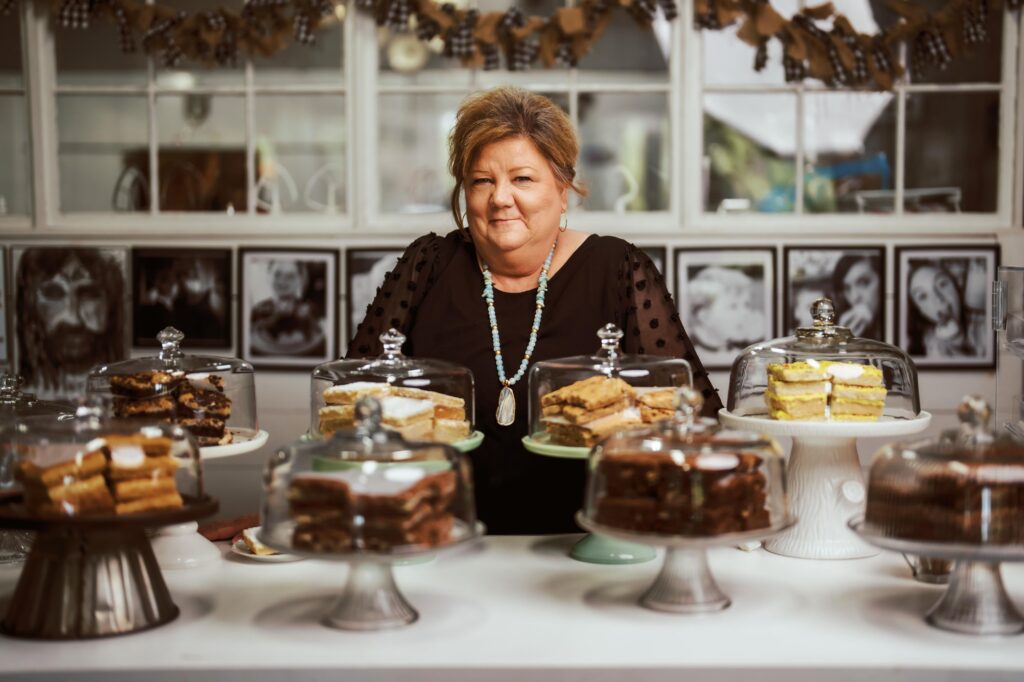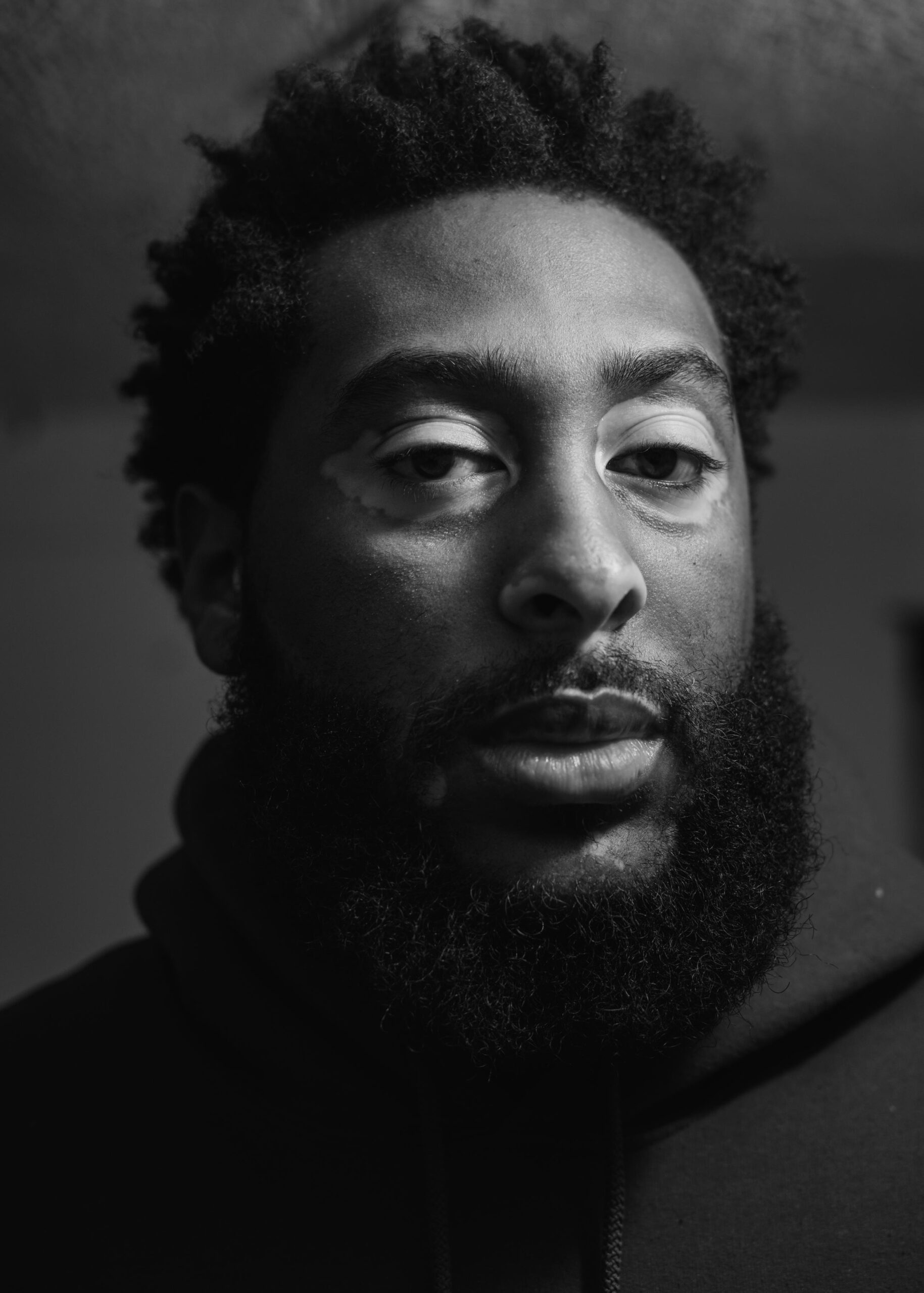Stories are the bricks and mortar of every community. More important than money or jobs, a community that sees its people, knows its people, and makes its people feel important through the intentional act of storytelling is a community that can change the world.
While many communities chase creating more jobs, more money, and more businesses, they overlook taking steps to create something even more important: love.
“Instead of merely livable, I think we need to start thinking about how we make our cities more lovable. I don’t mean this in a “kum bay yah” kind of way, nor am I suggesting it’s as simple as “let’s all just get along.” Rather, I’m advocating for the importance of deepening the relationships that we have with our cities and that our cities have with us.
When we love something, we cherish it; we protect it; we do extraordinary things for it.If cities begin thinking of themselves as engaged in a relationship with their citizens, and if we as citizens begin to consider our emotional connections with our places, we open up new possibilities in community, social and economic development by including the most powerful of motivators—the human heart–in our toolkit of city-making.”
Peter Kageyama, For the Love of Cities
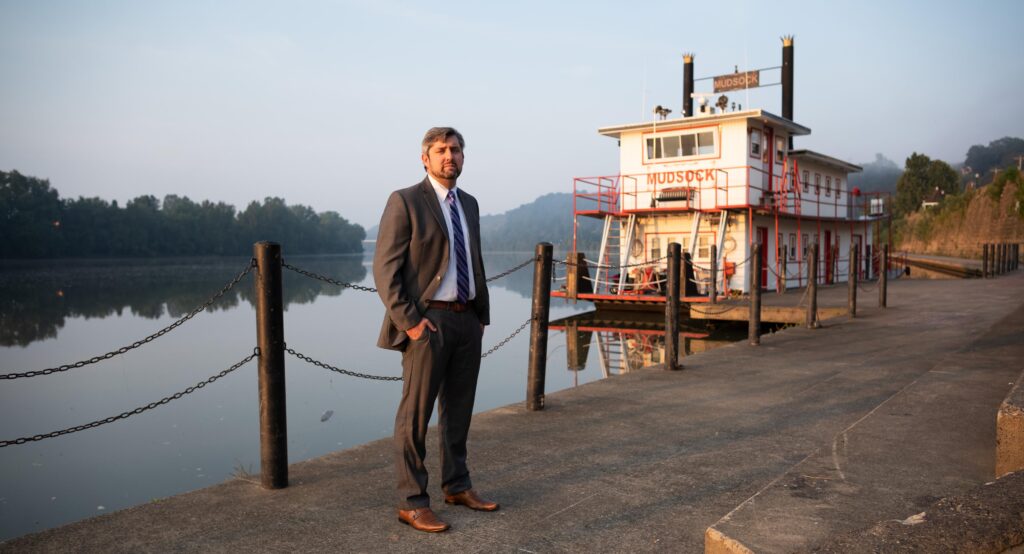
Often, communities shrug off storytelling, thinking it’s all just feelings and fluff without facts.
But Brene Brown has a great definition of storytelling: “Stories are just data with a soul.”
But community storytelling is about giving facts—evidence of who we are, what we’ve done or are doing, what we accomplished, what we’ve experienced, our identity, our culture, our value—and then gives those facts a soul.
Great storytelling combines evidence and emotion to capture attention and create trust, trust creates a relationship, relationships create actions, and fueled by seeing, hearing, and making people feel important, creates the most powerful of actions—those motivated by love.
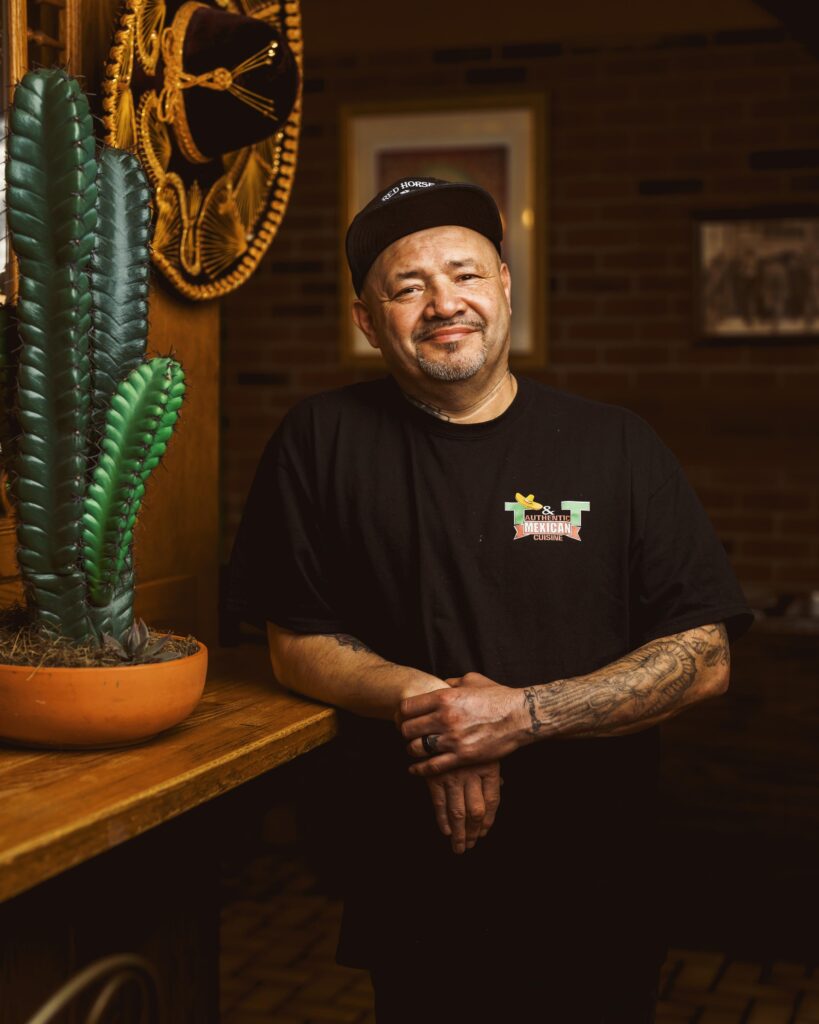

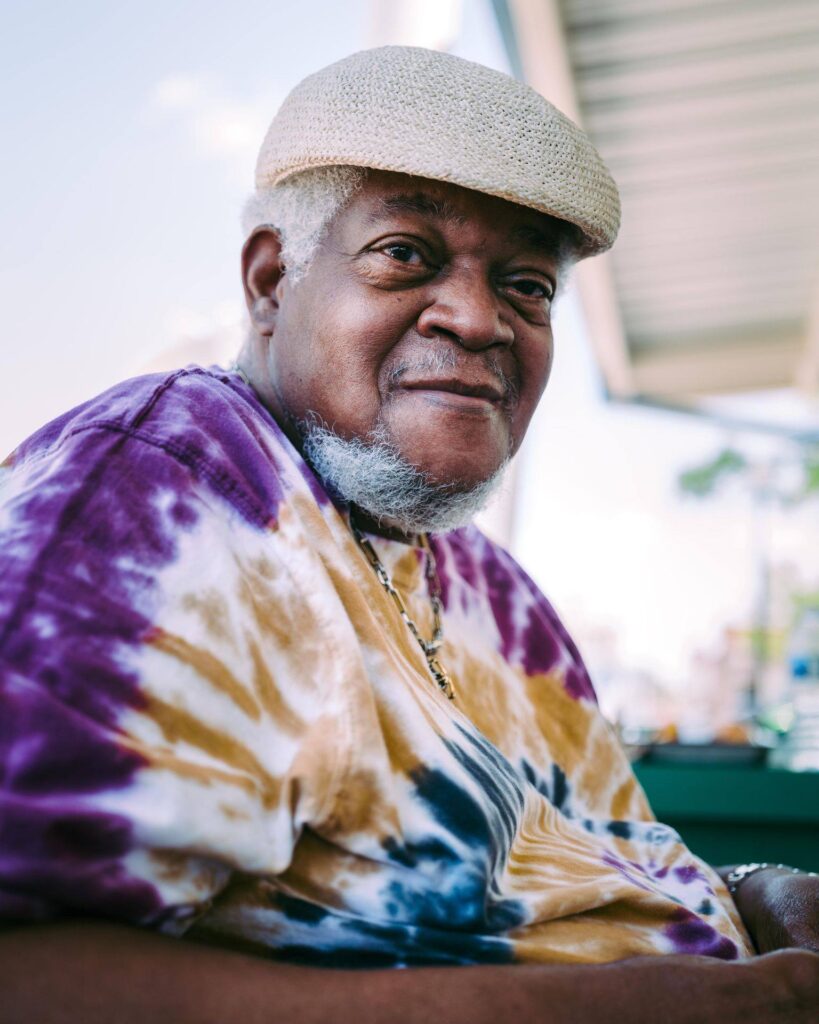
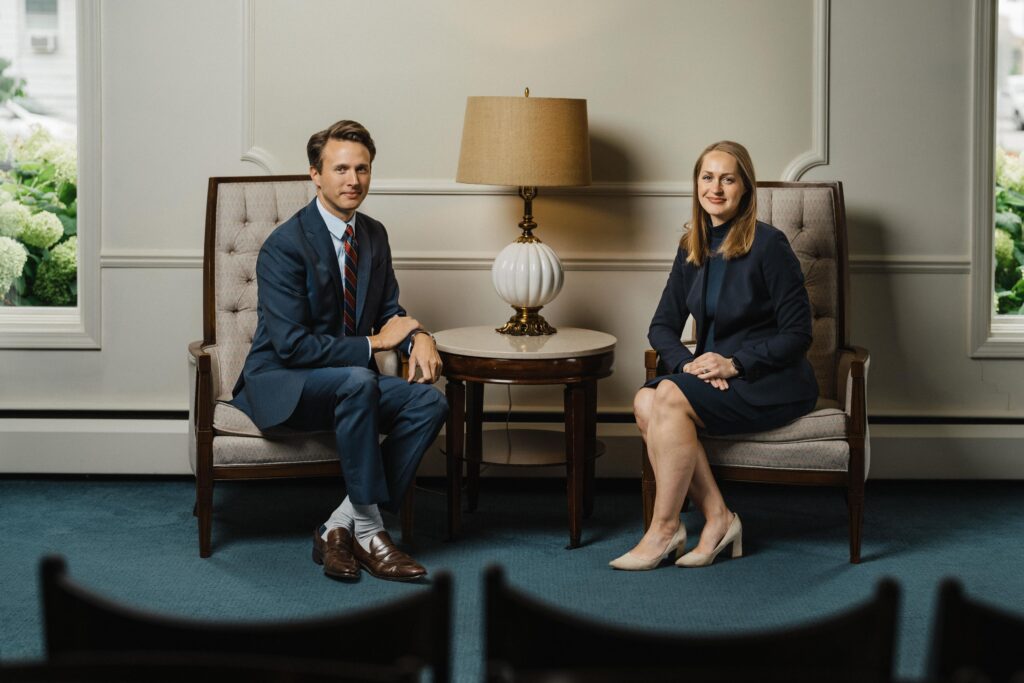
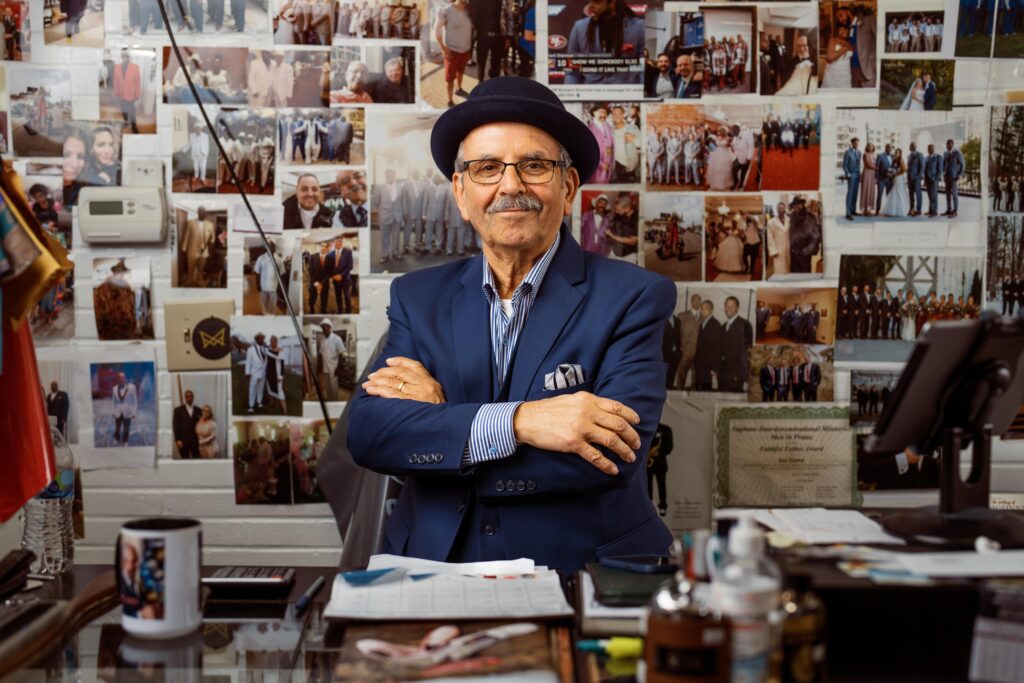
My kinda people, my kinda place.
Whether it’s reaching outside the community to bring people in or reaching into a community to bring people closer together, storytelling is the way.
Stories transcend the vague generalities of simply being “a great place to live, work, and play” by proudly proclaiming your city as not just any city YOUR city: A place that is head over heels in love with itself, one that sees its people, hears its people, and makes its people feel important.
Within traditional marketing and communication, this can be hard to do. Advertisements get ignored, communication feels more like commands, and despite our best efforts, we can feel that trying to “sell” our cities falls short of they they actually need or deserve.
But storytelling is the way. Through storytelling, we can reach deep into our humanity and create connections that can only be done through storytelling. These international interactions motivated by a desire to be known to know someone better change commands into communication, communication into conversations, conversations into understanding, understanding into empathy, and empathy into love.
We say things like, “I love my job”, “I love that new brewery”, or “I love my city”. But in the truest definition of love, people don’t love things and places—people love people.
And because people create stories and stories create places, becoming a storytelling community is the one and only way for your community to become the one and only greatest version of itself.
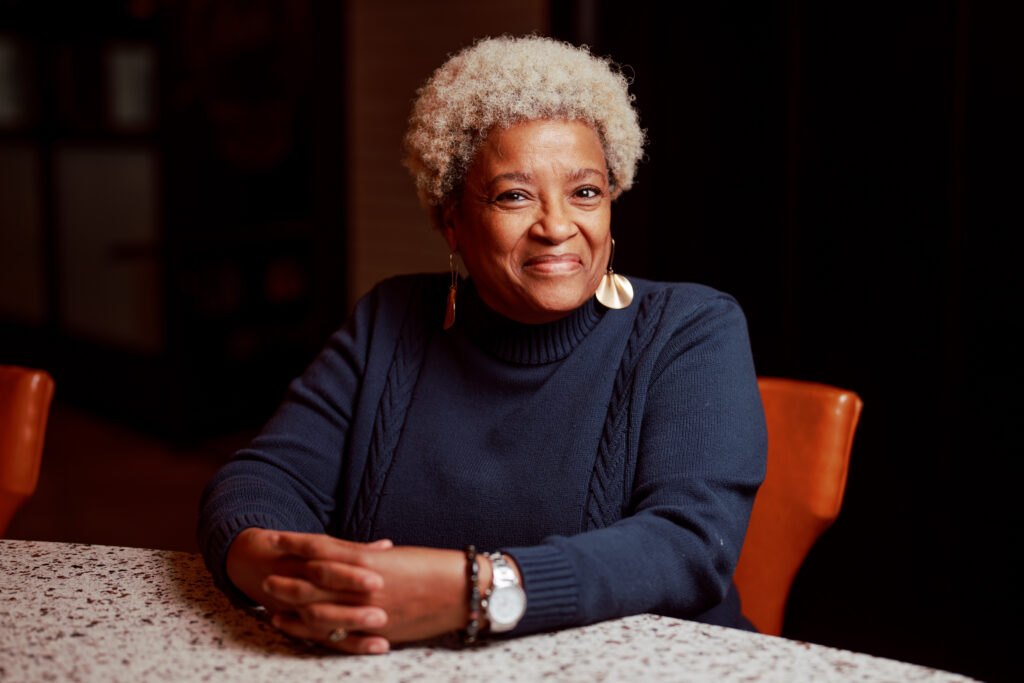
The current movement towards storytelling is considerably more than a fad—it’s a reclamation of something fundamental to the creation of strong communities since the beginning of human history. Stories teach us about our place in the world, strengthen our relationships with one another, and shape the perception of our places.
Strong communities know their stories, and we’d love to help.
The Storyville City package bundles everything we do into a three-day educational and experiential opportunity for storytelling to take root in your community.
Story & Photos Sprints create a stockpile of human-centered marketing for your community’s use. We use an “in their own words” approach: we interview people, and then transcribe, edit, and craft them for clarity and effect. The end results is an opportunity for your people to tell their own stories in their own words: a one-to-one direct interaction where they get all the attention they deserve.
Want to celebrate your community at an annual meeting? Educate your citizens about community storytelling as part of a speaker series? Check out our Keynote & Speaking page.
